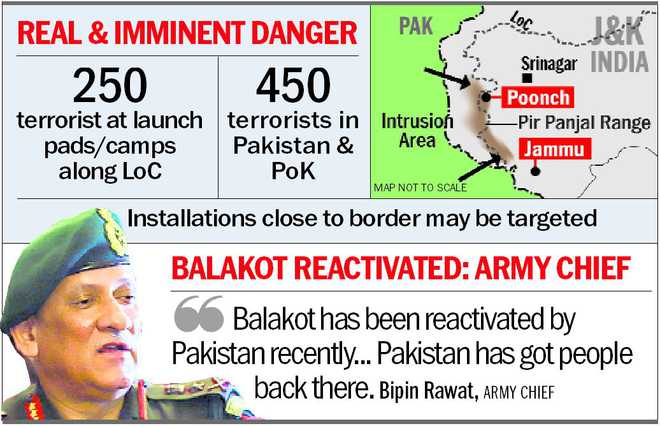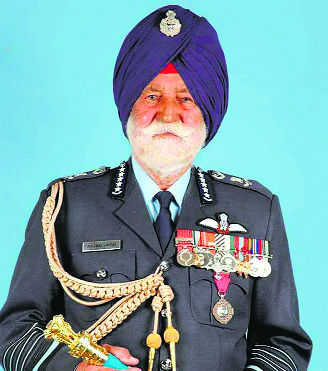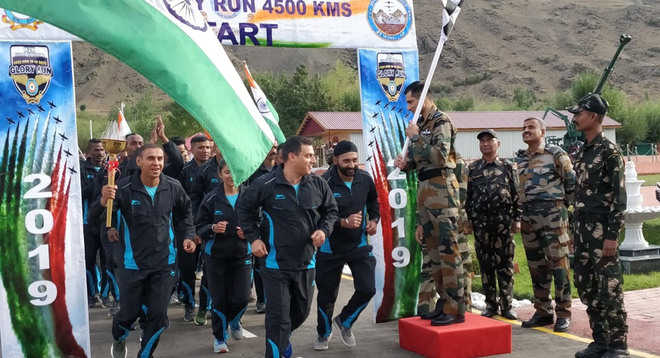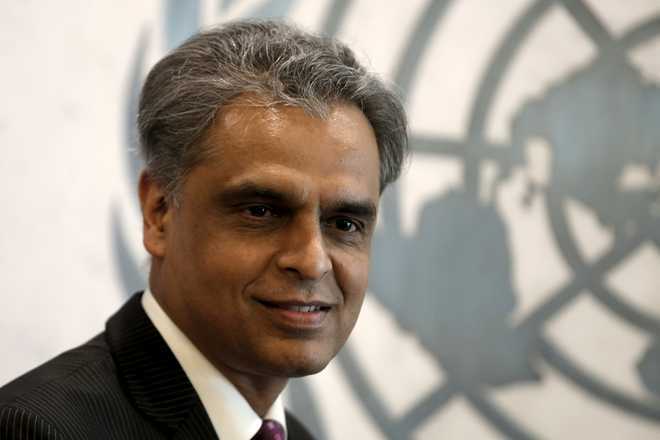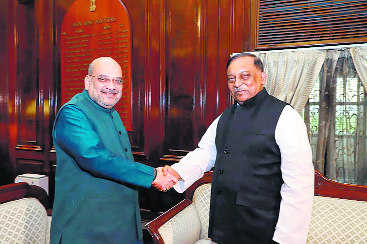The run will commemorate the 20th year of Kargil victory and is scheduled to culminate on November 6.
Tribune News Service
New Delhi, September 21
A unique 4,500-km Kargil-to-Kohima (K2K) Ultra-Marathon — “Glory Run” — connecting two battlefields of the past was flagged off from the Kargil War Memorial, Drass, today.
The run will commemorate the 20th year of Kargil victory and is being undertaken by the Indian Air Force from Drass in J&K to Kohima War Cemetery, Kohima (Nagaland).Kohima and Kargil are the two forward-most outposts in the East and North, where two of the fiercest battles were fought in 1944 and 1999, respectively. Air Vice Marshal PM Sinha, Air Officer Commanding, J&K, flagged off the run.
The run is scheduled to culminate on November 6. A 25-member team will cover 4,500 km in 45 days by running an average of 100 km per day. Small groups of participants will take turns to complete the stretch.The expedition aims at paying tribute to the bravehearts who made the supreme sacrifice for the motherland.
On September 6, IAF Chief Air Chief Marshal BS Dhanoa had handed over the ‘Glory Torch’ to team leader Squadron Leader Suresh Razdan, a Sukhoi Su-30MKI pilot, at New Delhi.
The team has been selected after rigorous selection trials and has undergone strenuous training at Air Force Station, Leh. The composite team comprises officers and airmen, including female officer Flight Lieutenant Rishab Jeet Kaur and Warrant Officer Indra Pal Singh, whose 51 years old.
The expedition involves camping and living outdoors, managing and surviving in the snow, rain and extreme climate through varied terrain of Ladakh, Himachal Pradesh, Punjab, Uttarakhand, Uttar Pradesh, Bihar, West Bengal, Assam and Nagaland.






















































